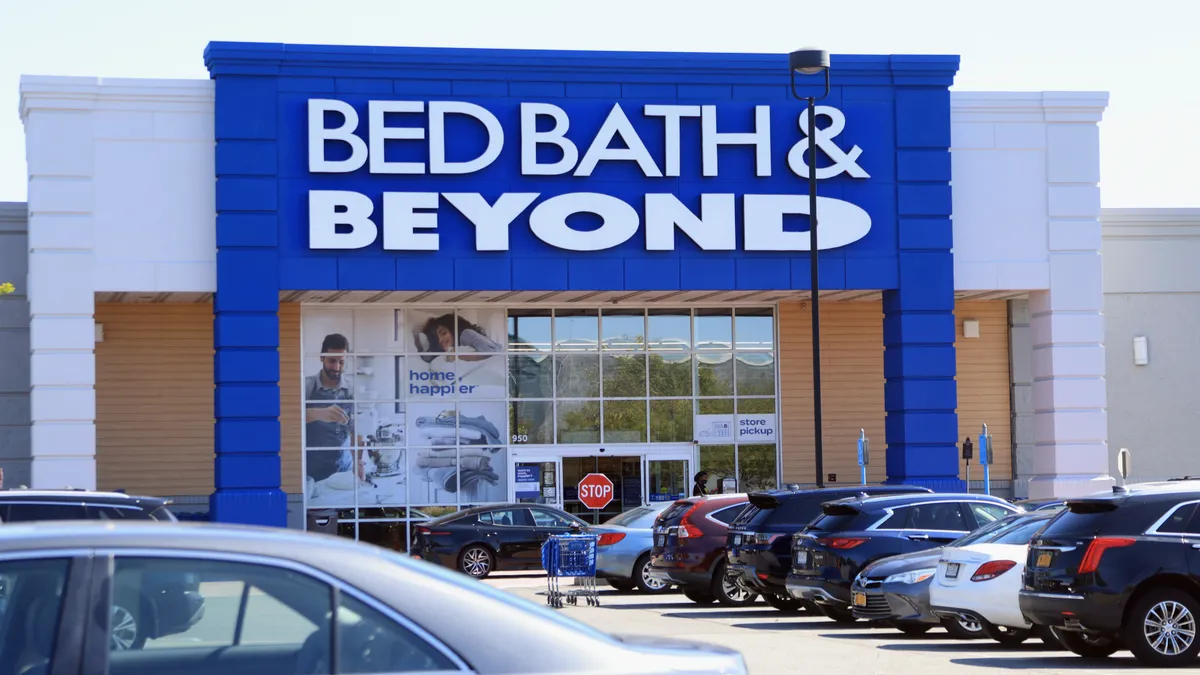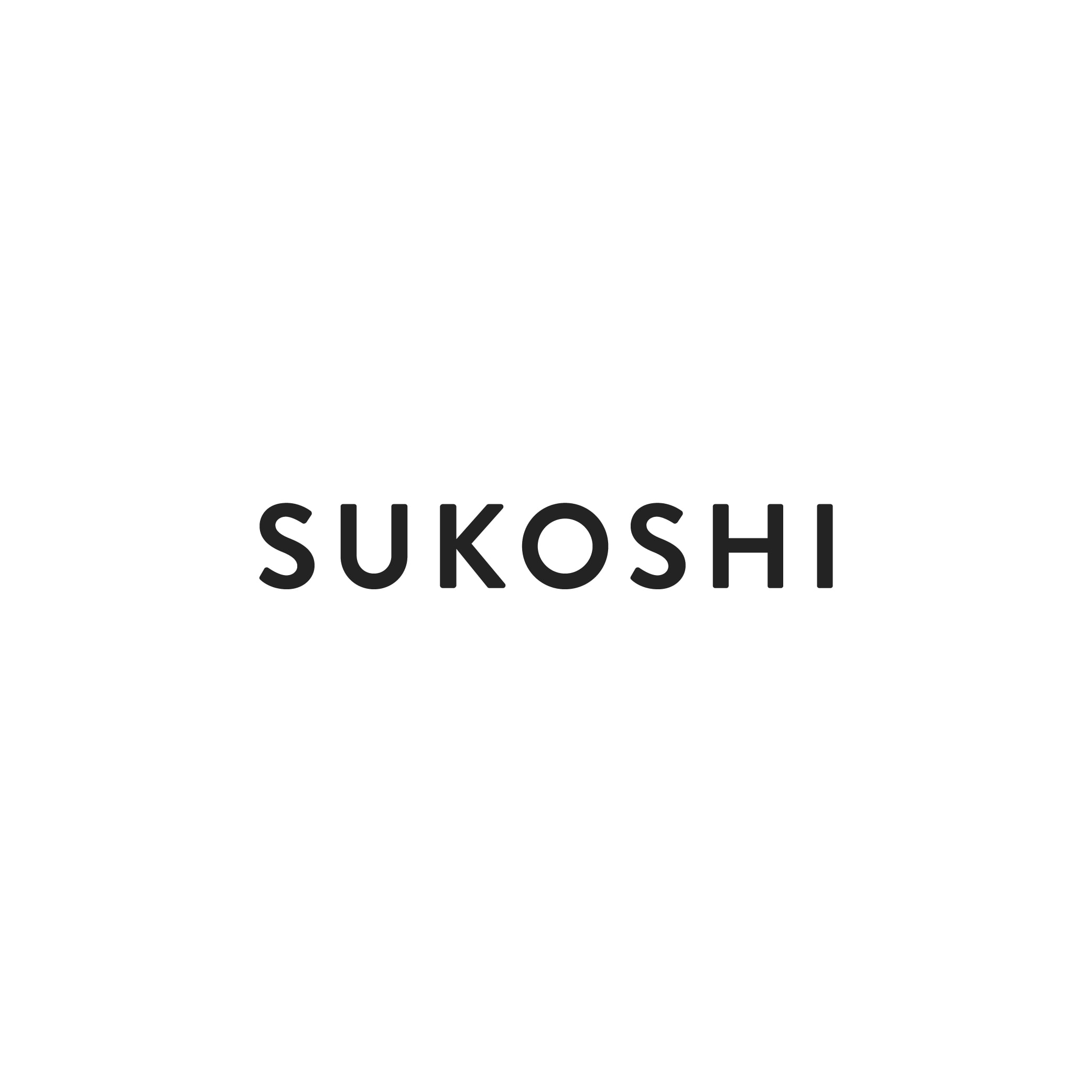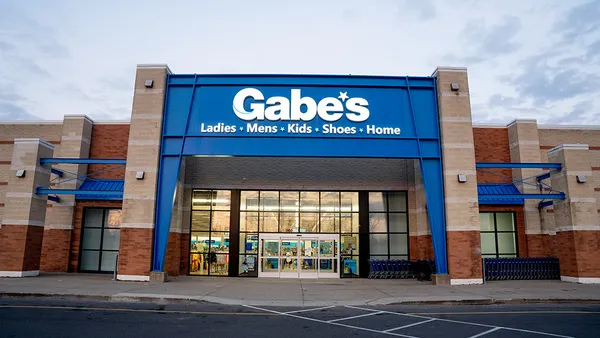Dive Brief:
- Online-only retailer Overstock.com is rebranding itself in the U.S. and Canada to Bed Bath & Beyond. The move seeks to take advantage of Bed Bath & Beyond’s brand recognition, CEO Jonathan Johnson said during a Thursday call with investors and analysts.
- Overstock has already rebranded its Canadian website to Bed Bath & Beyond and plans to launch the rebranding in the U.S. starting in August. Overstock intends to operate only under the Bed Bath & Beyond name within a few months.
- A bankruptcy judge on Tuesday approved Overstock’s purchase of a cache of Bed Bath & Beyond’s intellectual property last week for $21.5 million at a Chapter 11 auction. In addition to the domain names, the IP includes customer and vendor lists, mobile apps, SKU-level information and private label trademarks.
Dive Insight:
Johnson called the deal “an exciting and pivotal moment for our company.”
Bed Bath & Beyond’s supply chain, pandemic-related and operational strategy errors contributed to the retailer’s untenable financial and operational position. Facing about $1.8 billion in long-term debt, the company filed for bankruptcy in April.
Overstock, in contrast, said it had $375 million in cash on hand at the end of Q1. It funded the acquisition of Bed Bath & Beyond’s IP entirely with cash on hand, CFO Adrianne Lee said on the call.
Despite Bed Bath & Beyond’s bankruptcy, “the brand remains strong among consumers,” Johnson said. The brand is ranked fifth among the top 25 retailers in the category according to an outside, third-party survey Johnson said was conducted in the last few months.
In response to an analyst’s question, Johnson expressed confidence that the revamped brand could regain lost customers who were turned off by disappointing or frustrating shopping experiences at Bed Bath & Beyond like rampant out-of-stock merchandise or canceled orders as the retailer slid into bankruptcy.
“My experience is that management – mismanagement – can kill companies but doesn’t kill brands. There are lots of brands that have gone through bankruptcy that remain strong and iconic today. The Bed Bath & Beyond brand, we think, will be such a brand,” Johnson said.
Johnson also said Overstock’s name didn’t align with its current product offering and value proposition. In the coming months, the company confirmed the Overstock name will disappear, replaced by Bed Bath & Beyond, and that it intends to operate with a new, single brand name.
“The acquisition by Overstock makes good sense as it gives Overstock a vehicle to shift its business from big-ticket items to kitchen appliances and home decor,” said Mark Brutzkus, partner and chair of the consumer products practice at the California-based Stubbs Alderton & Markiles law firm.
“The perception in the market was that Overstock only sells close-out goods. The [Bed Bath & Beyond] brand gives Overstock the ability to expand into segments of the market that it could not reach with the Overstock brand,” Brutzkus said in emailed comments to Retail Dive. Johnson echoed that sentiment in his remarks during the call.
“We knew the Overstock name reflected our prior liquidation model and that it did not align with the type of products we now sell,” Johnson said. “We are not a liquidator and have not been one for 20 years.” Established in 1999 near Salt Lake City, Overstock completed a shift to an online furniture and home furnishings retailer about a year ago.
“We expected our transition to a 100% home [retailer] would aid in increasing our brand association with home. That has proved more difficult than we thought,” Johnson said. “The Overstock name restricted our ability to be top of mind for consumers shopping for quality home products.”
What that meant for consumers, Johnson explained, is that some people who were drawn to the website by the name were then disappointed when they didn’t find products at liquidation price points. In other cases, “some customers wondered if the product was aged or less than desirable because it was ‘overstock’.”
In addition, Johnson said some vendors were reluctant to sell their products on a website that they perceived to be a liquidation website. “In short,” Johnson said, “our Overstock name created a headwind with many suppliers who did not associate our brand with quality home products.”
As the transition continues, Johnson told investors and analysts that the company could experience “a period of volatility … as we temporarily depart from our financial recipe card.” That volatility could include lower average order values and higher marketing expenditures.
But without Overstock’s move to buy it out of bankruptcy, like Radio Shack or Lord & Taylor, Bed Bath & Beyond “was destined to become a zombie retail brand.” Brutzkus also said Bed Bath & Beyond’s brand cache might not have been enough to attract buyers like Authentic Brands, Simon Property Group or private equity groups that had previously purchased other distressed or bankrupt retail brands.
Overstock’s acquisition does not include any of Bed Bath & Beyond’s physical assets, like stores, warehouses or product inventory. The transaction also excludes any IP associated with BuyBuy Baby or Harmon beauty brands. Bed Bath announced the closure of all its Harmon stores in January.
Bed Bath & Beyond is trying to piece out its assets by selling its IP, retail stores and other brands separately. Asked what this strategy might indicate, Brutzkus said it shows that “BuyBuy Baby apparently has some value as DTC or brick-and-mortar brand and will probably be sold at an amount equal to or greater than the price paid by Overstock for [Bed Bath & Beyond].”
BuyBuy Baby’s assets were reportedly scheduled to hit the bankruptcy court auction block Wednesday and Thursday.














